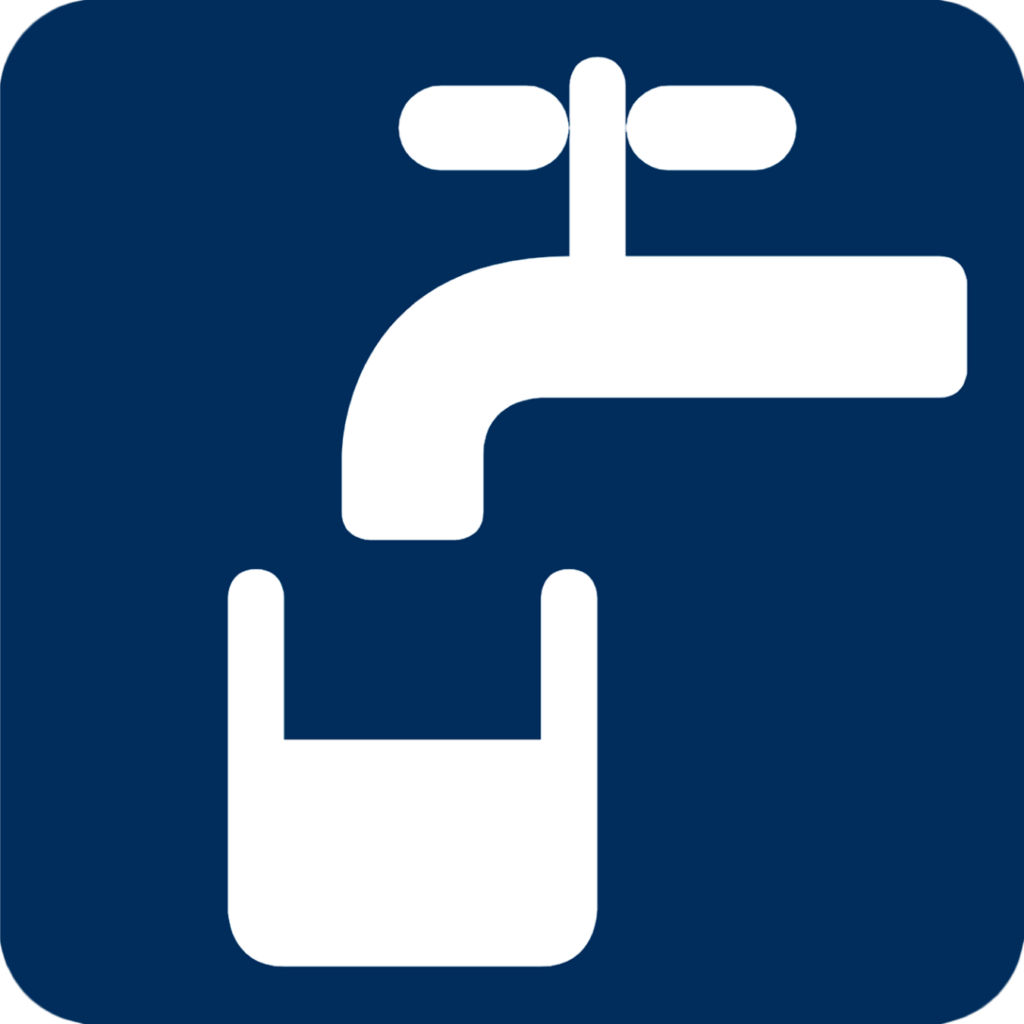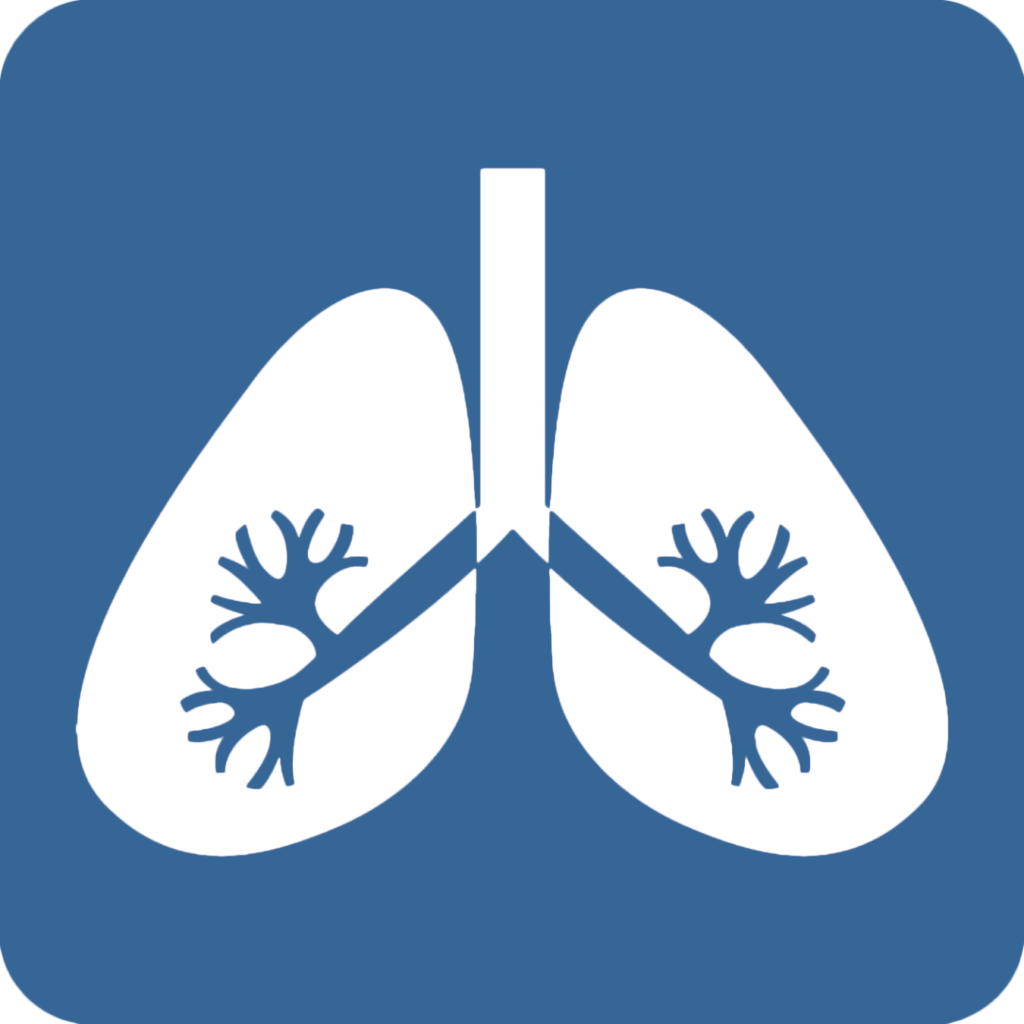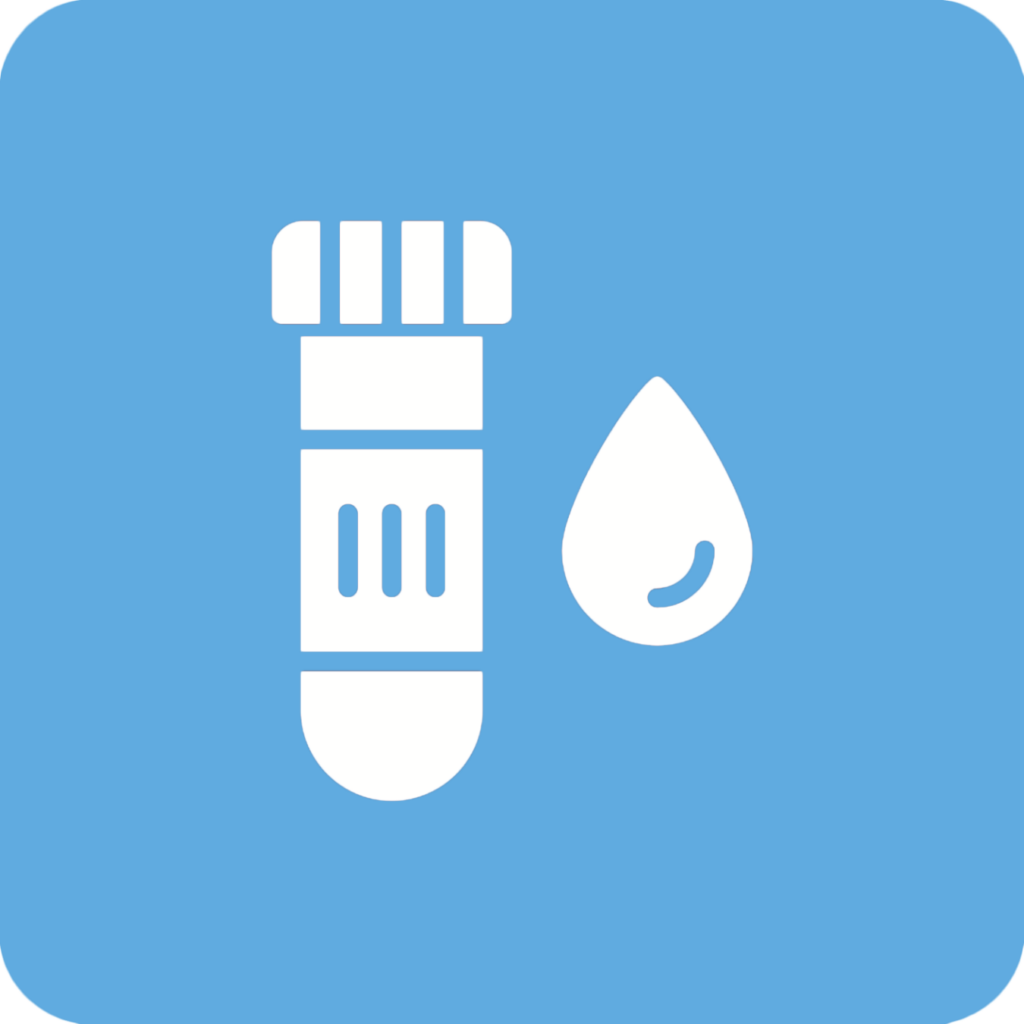
Colorado may be known for its mile high capital city of Denver and soaring Rocky Mountains, but high altitude deserts and the Great Plains also define the landscape and industry of the state. Early mining ventures for gold, silver, and coal propelled Westward Expansion throughout the 1800’s. As the big mines died out, agriculture, oil, and manufacturing picked up. Later during the Cold War era, the presence of government agencies grew while Colorado’s post-war economy saw a boom of tourism and outdoor recreation – all serving to diversify the economy. Former mines became world class ski resorts, echoing back to a time when skiing was essential transportation in this unforgiving terrain.
The scale of the oil and gas industry and the history of land use have left a wake of environmental damage that threaten the many outdoor spaces and public lands. One key impact of the oil industry is the compounded ground level ozone levels that affect vulnerable populations like children. Additionally, Colorado has seen a number of heat waves, droughts, and wildfires that have worsened in recent years as the alpine snowpack is depleted.
In recent years, Colorado has taken action to protect its environment and children. In 2024, S.B.24-081 prohibited the sale and distribution of PFAS containing extreme outdoor apparel, cookware, cleaning products, dental floss, menstrual products, ski wax, turf fields and textiles.
Colorado’s stunning landscape and abundant outdoor opportunities benefit not only tourists, but the children who live there. Protecting these assets is key to Colorado’s future. In the profile below, you’ll find a set of key children’s environmental health indicators that illuminate Colorado’s environmental risks, children’s exposures, and emerging trends in child health and development.

Safe Drinking Water:
38.4% of public water utilities had drinking water violations in 2023.
National average: 27.6%

Air Quality:
80.53% of children under age 18 live in counties with unhealthy levels of air pollution. Air quality was monitored in 20 out of 64 counties in Colorado in 2024.
Nationwide: 39.88% of children.

Warming Temperatures:
3.3 degrees F warmer in 2020 than in 1970.
National average 3.9 degrees F warmer

Toxic Chemical Releases:
24 million pounds of toxic chemicals were disposed of or released in 2023.
United States 3.3 billion pounds

Asthma:
6.4% of children under age 18 have asthma (2018- 2019).
Nationwide: 6.6%

Pediatric Cancer:
169.1 cases of pediatric cancer per 1 million population (2005-2015).
Nationwide: 179 cases per 1 million

Blood Lead Levels:
2.24% of tested children under age 6 have elevated blood lead levels (2018).
Nationwide: 1.3%

Neurodevelopmental Disorders:
11% of children age 3-17 have ADHD (2018-2019).
Nationwide:10.5%
3.3% of children age 3-17 have Autism Spectrum Disorder (2018- 2019).
Nationwide: 3.9%
Exposure to lead can seriously harm a child’s health, including damage to the brain and nervous system, reduced IQ, and learning disabilities. A common source of lead in drinking water are lead service lines (LSLs) which bring municipal water into homes. Full LSL, replacement is imperative to reduce the risk of lead exposure to millions of families, especially those in under-resourced communities and communities of color.
In 2020 the U.S. Environmental Protection Agency proposed revisions to the Lead and Copper Rule -the rule that is responsible for drinking water infrastructure and contaminants. There are several problems with the proposed revisions, including a lowered rate for required LSL replacements, With the proposed new rate, it could take more than 33 years for all LSLs in a poorly performing water system to be replaced.
However, cities and states are stepping up to protect their residents’ health. Denver Water’s Lead Reduction Program is undertaking aggressive action to fully replace all of the estimated 64,000-84,000 LSLs in its service area within 15 years. Vulnerable neighborhoods and properties that service large numbers of at-risk individuals, such as child care facilities will be prioritized in the replacement effort.

Children’s environmental health indicators (CEHIs) are measures that can be used to assess the magnitude or extent of environmental hazards, environmental exposures, or children’s health outcomes.
Each headline indicator should be a clear, understandable indicator of children’s environmental health, with broad relevance for a range of audiences at the state level – with relevance to the national level.
The indicators as a package should provide a representative picture of children’s health and relation to the environment.
Each indicator should be calculated using an agreed-upon (and published) method and accessible and verifiable data.
Each indicator should be calculated regularly (at least biennially), with a short lag between the end of the period and publication of the data.
The available data needed for the indicator must be sufficiently robust, reliable and valid.
Indicators must be comparable across all or very nearly all 50 U.S. states.
KIDS COUNT Data Book: State Trends in Child Well-Being. The Annie E. Casey Foundation. Accessed April 2025.
In this profile, counties with “unhealthy” ozone pollution are those receiving a grade of D or F for ozone pollution in the American Lung Association’s 2024 State of the Air report. Approximately 13.3% children live in counties where ozone pollution is not monitored or for which there are less than 3 years of data.
2024 State of the Air Report. American Lung Association. Accessed April 2025.
Children are more vulnerable to the hazards driven by warming temperatures, such as heatwaves, droughts, flooding, and many other cascading effects. Climate change causes an increase in the frequency and severity of temperature anomalies, extreme weather, and natural disasters globally.
EPA’s Toxics Release Inventory (TRI) tracks the management of certain toxic chemicals that may threaten human health and the environment. Industrial facilities across the U.S. are required to annually report the amount of each chemical disposed of or released into the environment, both on- and off-site. Many of these chemicals are known carcinogens, developmental toxicants, and neurotoxicants that adversely impact children’s health, such as arsenic, lead, and mercury.
A wealth of research links exposure to poor outdoor air quality, including high concentrations of ground-level ozone, with the exacerbation of children’s respiratory illnesses, including asthma. Several studies link it with the onset of childhood asthma.
2022-2023 National Survey of Children’s Health. Title V Maternal and Child Health Services Block Grant National Performance and Outcome Measures. Prevalence of current asthma, age 0-17 years. Data Resource Center for Child and Adolescent Health. Maternal and Child Health Bureau, Health Resources and Services Administration. Accessed April 2025.
Although cancer in children is rare, the rate of pediatric cancer has been increasing since the 1970s. It is the leading disease-related cause of death past infancy in U.S. children. Neither genetics nor improved diagnostic techniques can explain the increased rate. According to the 2020 Childhood Cancer Prevention report, no more than 10% of all childhood cancers are derived from heritable genetic risk factors, and hazardous chemicals are a preventable risk factor that contributes to the remaining cases.
In 2023, 7.39% of Colorado children under age 6 were tested for blood lead levels (BLLs). Of those tested, 2.24% had a BLL ≥ 3.5 μg/dL. Often the most vulnerable children are not tested, and not all who are tested get reported, so this is likely an underestimate of the true scope of children’s elevated blood lead in Colorado. There is no safe level of lead exposure for children. A potent neurotoxicant, lead reduces IQ and impairs other cognitive, behavioral, and developmental functions. In 2021, the CDC lowered the BLL reference value from 5 to 3.5 μg/dL, but much of the available data still categorizes “elevated” BLLs as being 5 ug/dL or higher. Colorado data considers percent blood lead tests over 3.5ug/dL in children under 6 in the state.
Childhood Lead Poisoning Data. Colorado Environmental Public Health Tracking. Accessed April 2025.
Assessing Child Lead Poisoning Case Ascertainment in the US, 1999–2010. Eric M. Roberts, Daniel Madrigal, Jhaqueline Valle, Galatea King and Linda Kite. Pediatrics April 2017, e20164266; DOI: https://doi.org/10.1542/peds.2016-4266.
Mounting scientific research links environmental exposures with risk of Attention-Deficit Hyperactivity Disorder (ADHD) and Autism Spectrum Disorder (ASD). Neither genetics nor changing diagnoses or other artifacts fully account for the increased incidences of these conditions. ADHD and ASD data are for children aged 3-17 years in this state.
2022-23 National Survey of Children’s Health. Title V Maternal and Child Health Services Block Grant National Performance and Outcome Measures. Prevalence of current ADHD, age 3-17 years; and Prevalence of current Autism or Autism Spectrum Disorder (ASD), age 3-17 years. Data Resource Center for Child and Adolescent Health. Maternal and Child Health Bureau, Health Resources and Services Administration. Accessed April 2025.
NIEHS/EPA Children’s Environmental Health and Disease Prevention Research Centers. 2017 Impact Report.
Indicator references often link to sites and data that are not managed by CEHN. Federal websites, especially, may no longer be available. Each time we release an updated factsheet, please be assured that we will also update relevant indicator references to reflect any changes.
All children deserve and need a safe and healthy environment to grow and develop. They need clean air to breathe, safe water to drink, nutritious food to eat, and healthy places in which to live, learn, and play. Early exposure to harmful agents can lead to acute and chronic adverse outcomes. Infants and children are especially vulnerable to environmental exposures because they breathe, eat and drink more, in proportion to their body size, than do adults, and because their bodies and brains are still developing.
A blueprint for Protecting Children’s Environmental Health Network set out to identify a set of CEHIs that can be used to provide an understanding of children’s environmental health at the state level. Through this process, CEHN found that robust, valid, and regularly updated state level data–that are comparable across most states–were not readily accessible. States need adequate funding and capacity to collect and make accessible reliable CEHI data in order to set goals and track progress towards improving children’s health.
Children are our future – society has a moral obligation to protect them. Exposure to environmental hazards can and must be prevented. Prevention requires strong environmental regulations, fully funded and supportive public and environmental health programs and a robust workforce.
© Children’s Environmental Health Network, 2025